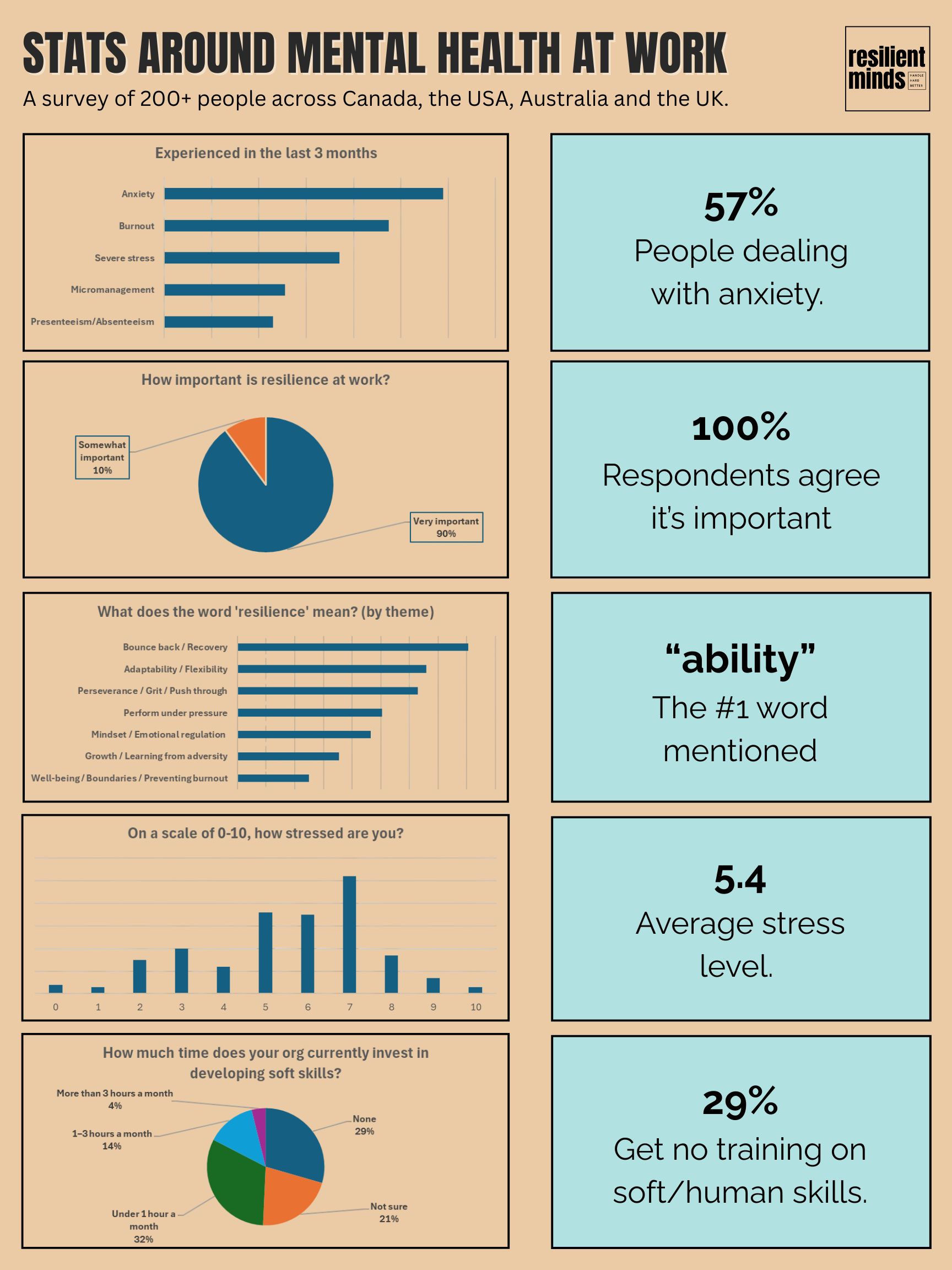- The Resilience Brief
- Posts
- Why our content diet is critical
Why our content diet is critical
Rage is the new social media currency.

It used to be ‘sex sells,’ then ‘fear sells,’ and now we’re in the age of rage. Rage sells. And if resilience is about staying grounded when everything else pulls at us, this is our modern training ground.
Last week was a tough week of news. Headlines flared around the world with the help of a wider media ecosystem that is addicted to fueling outrage. And we are addicted to consuming it.
Doesn’t matter what side of the fence we’re on, the social media giants know that rage is a drawcard to more attention, meaning more ad revenue and a higher share price. Profit is the only thing they care about, and they do whatever they can to keep us locked in.
But why are we so drawn to the rage?
It’s part of our wiring, and the heavily-funded tech companies have hacked the system to exploit it. When we scroll past something infuriating, the brain’s amygdala (our older system) lights up, firing stress hormones like cortisol and adrenaline. This is an ancient survival code that’s kept us alive throughout human history. The problem is that in 2025 the “saber-toothed tiger in the grass” is now a headline or a viral clip. Our nervous system struggles to recognize the difference. Every doom-scroll or explosive tweet can create a mini fight-or-flight loop that lingers long after we put the phone down.
This is why I found myself exhausted and more frustrated than usual as we ended last week. It was almost as if I’d ingested a horrific amount of junk food. And I had. Except it wasn’t my nutritional diet that had let me down. It was the crap that I was feeding my .
A milkshake placebo study
To understand how our thoughts can shape our biology, consider a clever study from Yale and Harvard.
Researchers gave volunteers two identical milkshakes. One label read “Indulgent: 620 calories.” and the other read “Sensible: 140 calories.”
The twist is that both shakes were 380 calories.
After drinking the “indulgent” shake, participants’ hunger hormone levels dropped sharply, signaling they felt full. After the “sensible” shake, the same hormones barely budged and participants didn’t feel at all full. The only difference was the belief about what the participants had drunk.
The expectation had literally reprogrammed the body’s hunger chemistry.
This is an example of the power of mindset over physiology. And it’s no different in our digital world: if our minds believe we’re consuming a feed filled with threat and conflict, our bodies feel the chemical release of crisis and rage…even if the threat is not real.
To summarize, our beliefs about what’s coming (such as “this will make me angry”) directly shape the neurochemical response.
The platforms understand this, algorithms are tuned for engagement, and outrage is the new business model.
Left unchecked, the steady stream of social slop will train our attention like a muscle. We get faster at spotting reasons to be angry, and slower at noticing what’s good or hopeful. Over time, neuroscientists warn that this actually reshapes the brain’s default mode network and can even shrink the hippocampus, areas tied to memory and emotional regulation!
Just take a second to really think about that….. the more we are tuned into negative and angry content, the less likely we can emotionally regulate. No wonder the state of mental health is at an all-time low right now!
However, there is light if we want it, plus a perfect opportunity for resilience. With the right tools, we can shape the inner story so the body follows our lead.
Reclaim the feed with a healthy content diet
The way forward is about choosing what we feed the mind. Here are a few ways to take control of that choice:
See content as something we consume. Just like we might try a new diet for our physical bodies, we should see our content as exactly the same…but for our mind. It is the food for our brains, and we simply can’t afford to keep consuming the equivalent of Twinkies, Red Bull and Skittles everyday. Every follow, subscribe, or tap today is a choice about tomorrow’s thoughts. This is a powerful reframe that creates an entirely new perspective of how we use social media.
A morning buffer. It sounds simple, but I bet most of us don’t do this. We should start the day without screens, even just for 10 minutes. This gives our prefrontal cortex (the modern part of the brain that plans and reasons) a chance to wake before the amygdala gets hijacked. Use the time for some stretching, meditation, journaling, or a quiet coffee.
Monthly social media audit. Once a month, we should spend just 10 mins really looking at the content we consume. I’m talking about the people and wider themes. If we ask ourself whether each account is helping or hurting us, we can logically remove the ugly stuff. Of course, this requires an appetite for real change, but it can be a huge pressure valve release when we let go. We simply unfollow or mute accounts that reliably trigger outrage or despair.
Weekly content fast. Just like we might try intermittent fasting or other fasting techniques, let’s go an extended period of time without social. The harder this is for us, the more we need it! Pick one evening or half-day each week to go fully offline and let the stress hormones reset. We’ll notice how our mood, sleep, and patience rebound because this single habit can lower cortisol and improve emotional regulation.
These are all micro-acts of resilience that train the brain to expect calm and possibility instead of conflict. Every time we resist doom-scrolling we’re putting in a rep.
The milkshake study proved that belief can change hormones in real time. Similarly, a rage-drenched content diet can inflame the body and mind. Let that crap go.
Until next time friends, stay intentional, and stay resilient.
Carré @ Resilient Minds
PS - I’ve included some sobering stats on the state of mental health at work below. Scroll down to see the infographic. With anxiety, stress and burnout on the rise, it’s a real challenge for many teams right now. If your team is in need of a reset and could use some valuable mindset and resilience tools, let’s connect to talk about a way forward.
What did you think of today's newsletter? |

Reply